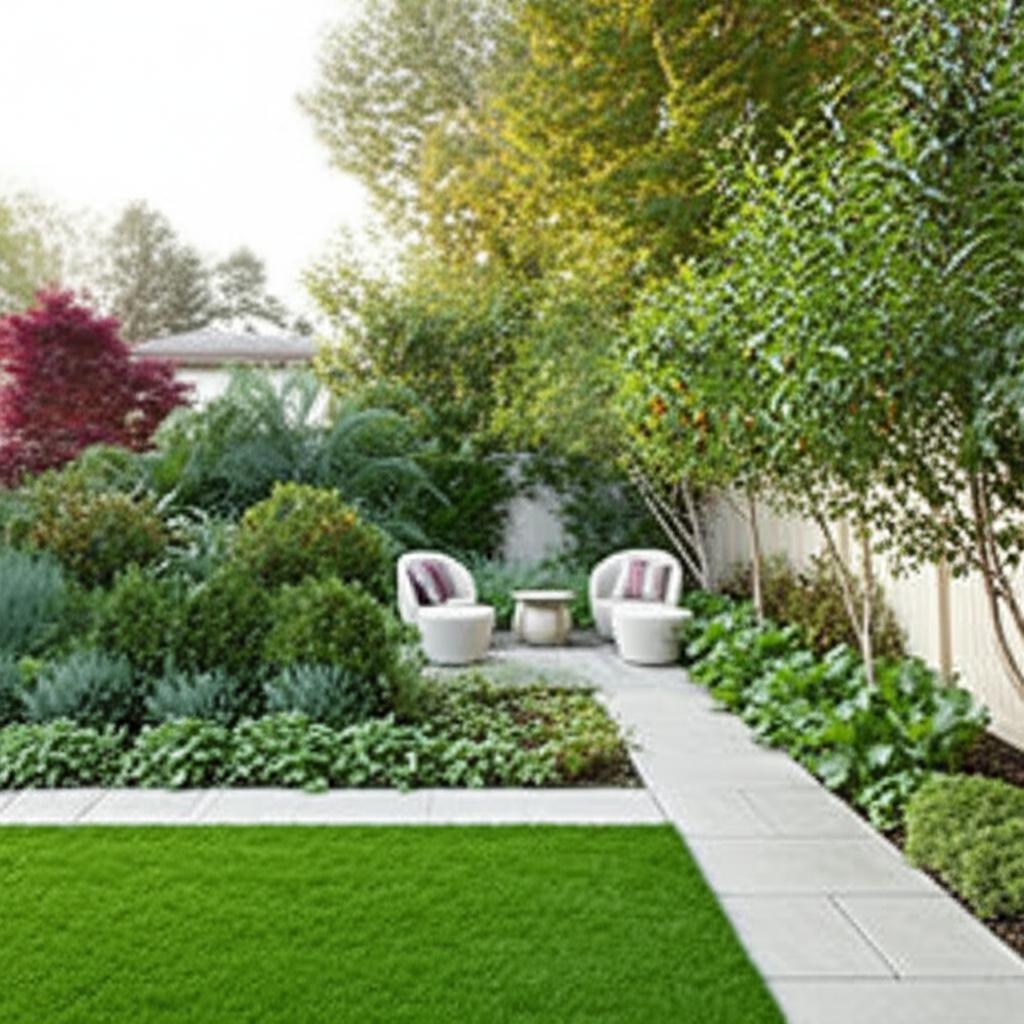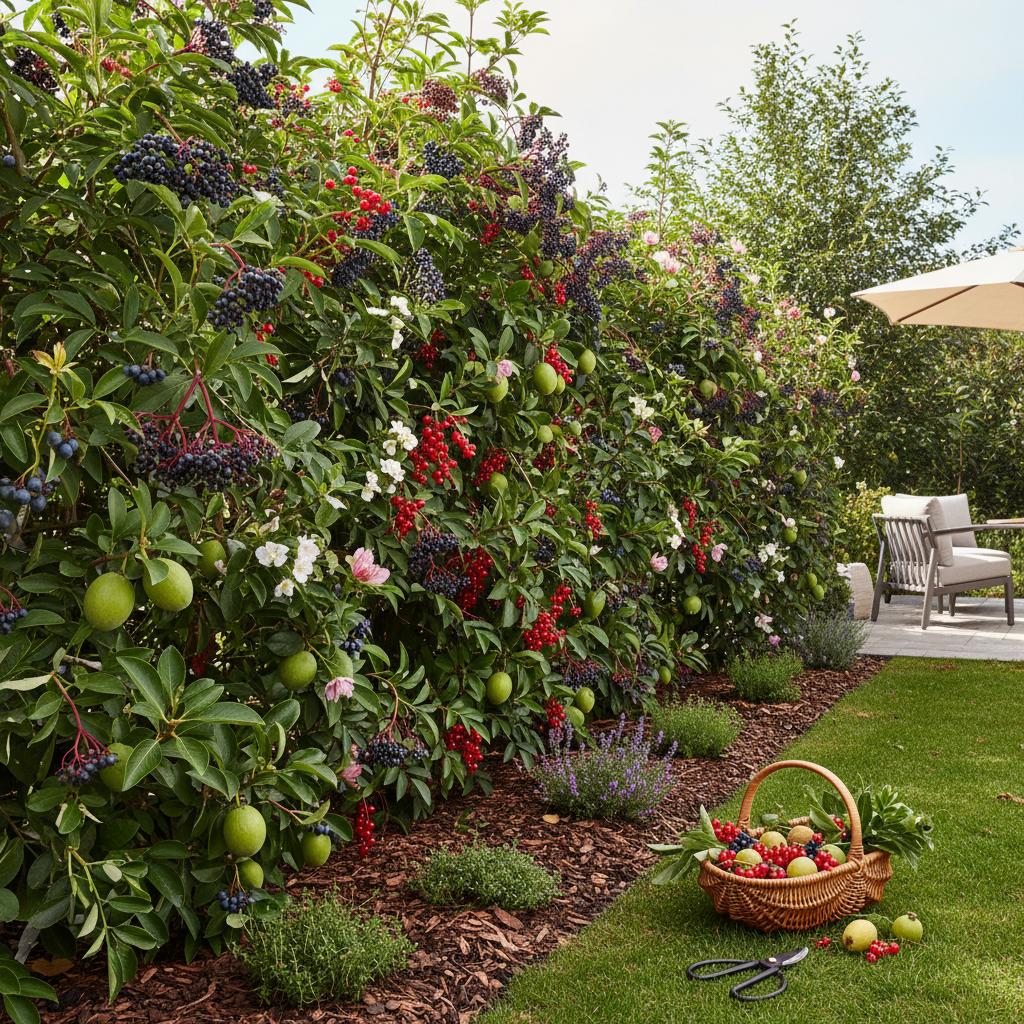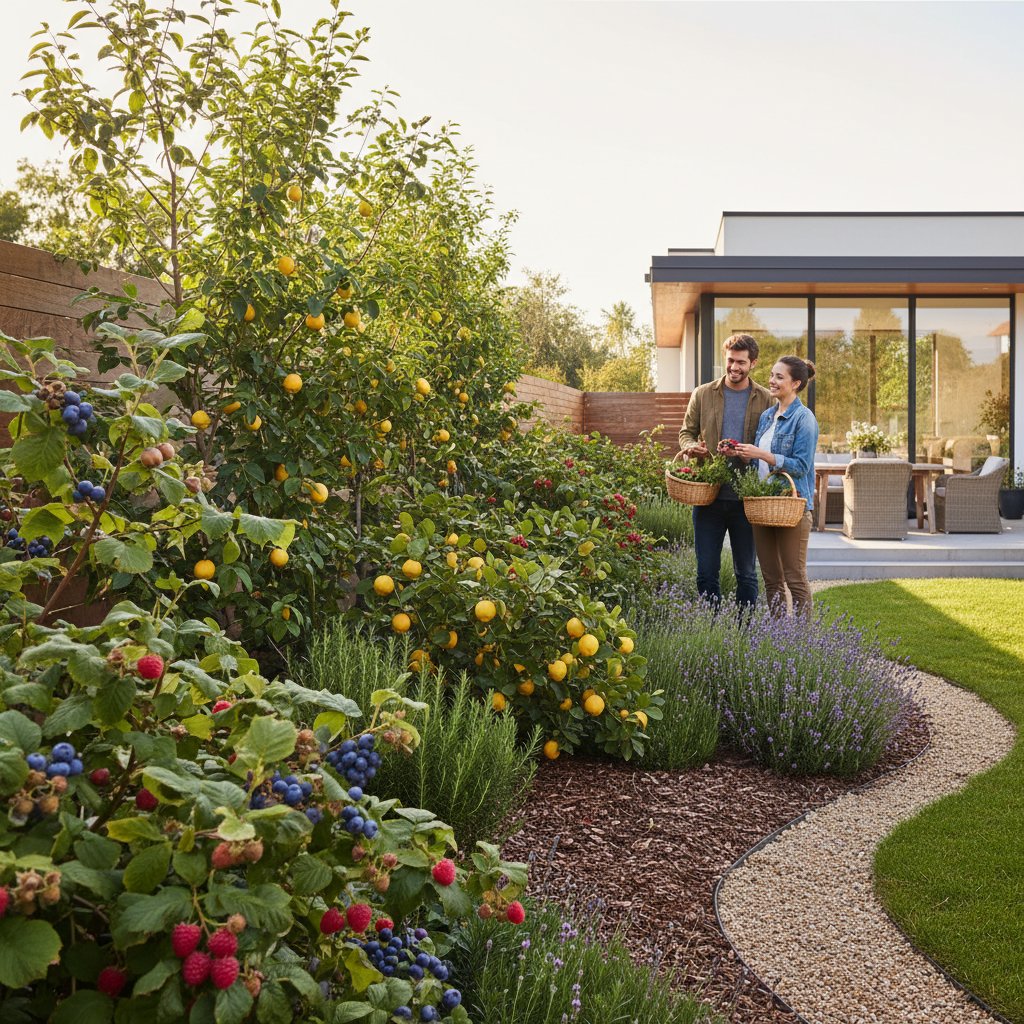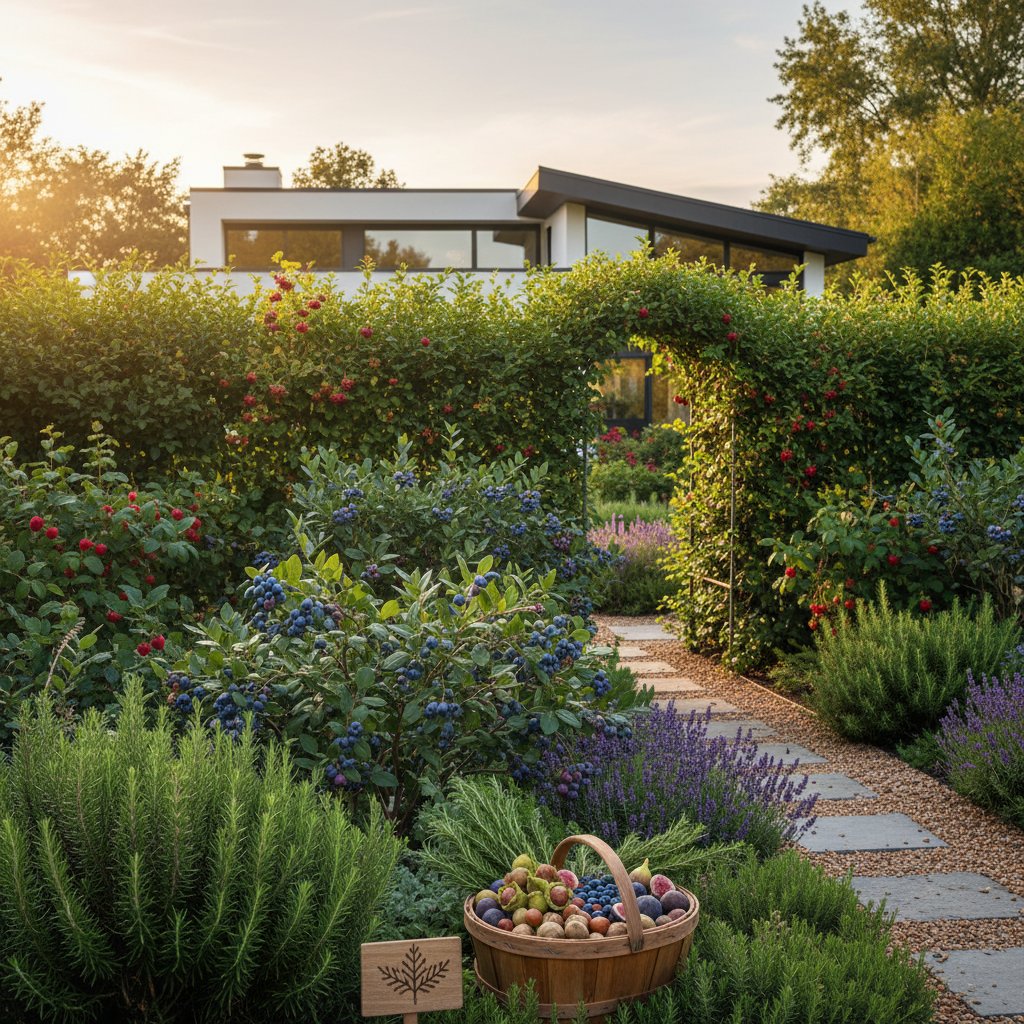Edible Landscaping: Where Beauty Meets Practical Function in 2025
Have you ever surveyed your yard and imagined it serving multiple purposes, combining visual appeal with everyday utility? Homeowners often struggle to balance aesthetic desires with the practical need to grow food, yet edible landscaping resolves this dilemma effectively. This method integrates fruits, vegetables, herbs, and ornamental plants into a cohesive yard design, creating spaces that delight the senses while providing fresh produce for your meals.
This integration proves both efficient and rewarding, as you observe blooming plants that eventually yield harvestable goods. Your outdoor area gains vitality and purpose, with each season delivering new opportunities for enjoyment and sustenance.
Selecting Plants That Serve Dual Purposes
Successful edible landscaping requires careful plant selection, where you consider not only taste but also visual elements such as form, texture, scale, and hue. Match each plant to its intended role in the landscape to ensure harmony between appearance and functionality.
Consider these practical suggestions to begin:
-
Herbs for edging and borders: Position low-growing varieties like thyme or oregano along walkways and garden edges. These plants release aromatic scents when touched and enhance culinary dishes with fresh flavors.
-
Fruit trees as focal points: Opt for apple, pear, or peach trees in place of non-productive shade trees. They offer structural backbone to your yard, provide seasonal blooms, and deliver bountiful harvests.
-
Vibrant edible options for color: Incorporate rainbow chard, purple basil, or red lettuces, which provide striking visual interest comparable to traditional flowers while contributing to your kitchen.
-
Climbing vines for height and coverage: Train beans, peas, or cucumbers on trellises or fences to add vertical dimension and lush greenery to otherwise flat areas.
By viewing plants through this multifaceted lens, you enrich your yard design, making it more engaging and productive over time.
Implementing Small, Manageable Changes
Overhauling an entire yard might seem daunting, so focus on incremental adjustments that build your confidence gradually. These modest shifts demonstrate how beauty and function can coexist without major disruptions.
Follow these steps to start:
-
Substitute a decorative shrub with a productive alternative. Choose blueberries, raspberries, or gooseberries, which match the ornamental appeal of standard bushes while producing edible berries.
-
Position herb containers strategically near entrances. This placement adds welcoming greenery and fragrance, and encourages frequent use in cooking.
-
Introduce a single fruit tree. Select one that suits your climate and space, offering shade, floral displays in spring, and fruit in subsequent seasons.
-
Integrate vegetables into existing flower beds. Combine kale, lettuce, or peppers with annuals like zinnias or marigolds to blend utility with visual charm.
Each action fosters a sense of accomplishment, revealing the seamless union of aesthetics and practicality in your outdoor space.
Overcoming Common Challenges in Edible Yard Design
While edible landscaping offers numerous benefits, you may encounter obstacles such as pest management, soil quality, or seasonal maintenance. Address these proactively to maintain both beauty and productivity. For instance, companion planting, where you pair herbs like basil with tomatoes, naturally deters pests and enhances growth without chemical interventions.
Consider your local climate when planning: In cooler regions, hardy perennials like rhubarb or asparagus provide reliable returns year after year, while warmer areas support citrus trees or tropical herbs. Test soil pH and amend it with organic compost to support healthy plant development, ensuring vibrant foliage and abundant yields.
Maintenance routines become simpler when you group plants by water needs, reducing overall effort. Mulching with organic materials suppresses weeds and retains moisture, preserving the landscape's tidy appearance. Through these strategies, drawn from years of garden center experience, you transform potential setbacks into opportunities for a thriving, sustainable yard.
Seasonal Planning for Year-Round Appeal
Design your edible landscape to evolve with the seasons, ensuring continuous interest and harvest. In spring, focus on early bloomers like strawberry plants or chives, which add delicate flowers and initial greens. Summer brings abundance with tomatoes, zucchini, and berries, creating lush, colorful displays.
Autumn offers root vegetables such as carrots or beets, with foliage that provides warm tones to the yard. Even in winter, evergreen herbs like rosemary maintain structure and subtle fragrance. This cyclical approach keeps your space dynamic, with measurable outcomes like reduced grocery expenses and fresher meals.
Track progress by noting harvest quantities and plant performance each season, adjusting as needed. Over time, this method builds a resilient ecosystem that requires less intervention, reflecting professional insights from successful implementations.
Long-Term Benefits and Sustainability
Edible landscaping extends beyond immediate gratification, fostering a deeper connection to your environment and promoting sustainability. You reduce food miles by growing produce at home, which lowers your carbon footprint and supports local biodiversity through pollinator-friendly plants.
Economically, initial investments in quality seedlings or trees yield returns through saved produce costs, often within two to three years. Health benefits emerge from increased outdoor activity and access to nutrient-rich foods, enhancing overall well-being.
As an expert in garden design, I have seen clients achieve these results repeatedly: Yards that once served only decorative purposes now provide ongoing nourishment and joy. This transformation creates a living space that adapts to your lifestyle, offering both visual splendor and practical value.
Moving Forward with Confidence
Embrace edible landscaping as a lifestyle choice that links you to your surroundings, nourishment, and sense of place. Whether you begin with a single plant or a comprehensive redesign, each effort contributes to a harmonious outdoor environment.
Observe how flowers develop into fruits through consistent care, and experience the satisfaction of this natural progression. Your yard evolves into a dynamic extension of your home, delivering sustenance and pleasure throughout the year.



